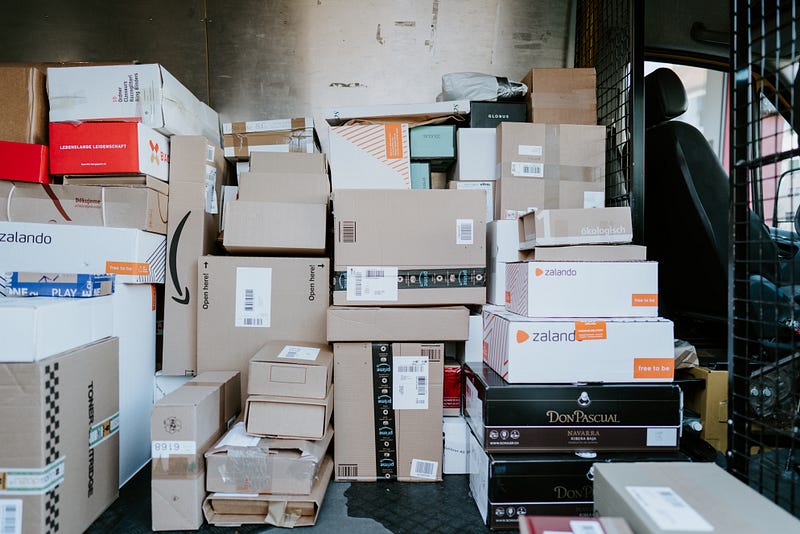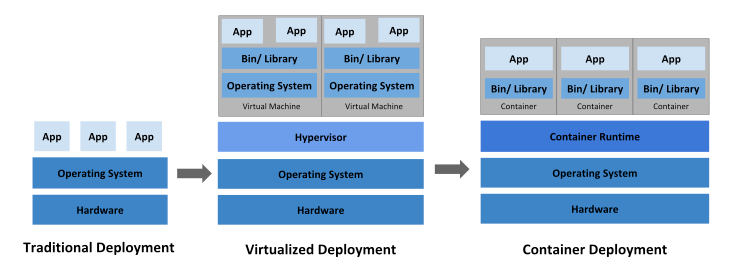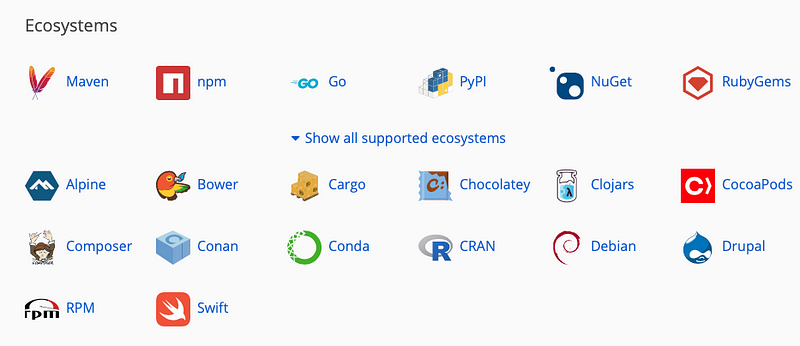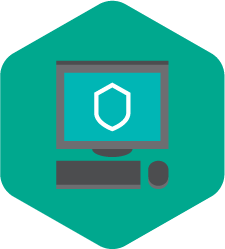Technology Radar — October 2020 review — Part 1
A review of the recent Technology Radar October 2020 update — I review at least three items from Techniques and Tools in this part
Yes! Vol. 23 is out now and this is my review. The Tech radar provides the Software Engineering community, a very good glimpse of what technologies, techniques, patterns, tools, languages, frameworks are recommended for Adopt, Trial, Assess and Hold in four quadrants.
You can also create your own radar, here
These are, however, only guidelines as they stand, based on the research performed by ThoughtWorks. Needless to say, these recommendations doesn’t suit every organisation depending upon your needs. What you are encouraged to do though, is to create your own Technology Radar; see thoughtworks.com for more details.
This article gives you my perspective of the techniques that I identify as ready to be adopted and fit into the current architectural/system design needs of many organisations; no matter the size/team, how disruptive or what you are building. You can also subscribe to the radar so that you won’t miss the radar as it is published.
Check out the interesting themes for this edition; new normal REST APIs with GraphQL, IaaC and low-code, if you are into that type of thing.
The Technology Radar is an opinionated guide to technology frontiers. Read the latest here.www.thoughtworks.com
The Radar is a document that sets out the changes that we think are currently interesting in software development — things in motion that we think you should pay attention to and consider using in your projects. It reflects the idiosyncratic opinion of a bunch of senior technologists and is based on our day-to-day work and experiences. While we think this is interesting, it shouldn’t be taken as a deep market analysis.

Birth of Technology Radar
As a supplement, if you want to know about the history of Technology Radar, this will help.

Techniques
Interactive radar: https://www.thoughtworks.com/radar/techniques
Trial: CD4ML
As machine learning models evolve within respective domains, it is ever more important to enable continuous delivery as part of the MLOps.
Continuous Delivery for Machine Learning (CD4ML) is the discipline of bringing Continuous Delivery principles and practices to Machine Learning applications.
While the concept is in the trial, it is worth evaluating the tools that support the CD4ML from the start as you look to continuously improve ML models, from idea to value.

TRIAL: Event Interception
This concept is very simple; intercept events and make a copy of it elsewhere so that you can replay and build a new system using the strangler pattern, thus retiring your Legacy.
In the SQL world, Change Data Capture or CDC has been exactly that which lets programmatically intercept the events based on the transaction log and perform actions based on the output. I worked on a simple solution in an Asset Management solution long ago, if you want any insights, please reach out to me.
ASSESS: Kube-managed cloud services
If you are reading this, you are aware of the power of Kubernetes in orchestrating containers, in the cloud and in on-prem. Also being used by teams in Terraform and Pulumi for provisioning infrastructure, the new custom resources definitions supported by the Kubernetes-style APIs are now available in the cloud and offered by AWS, Azure and GCP. You should try if this is something for you if you afford to accept the fact that, it tightly couples your Kubernetes cluster with the Infrastructure.

Tools
Interactive radar: https://www.thoughtworks.com/radar/tools
Tools quadrant is looking good with no items in the HOLD which means it all up for grabs in terms of any R&D to discover anything suitable for your team or organisation. Here is my review:

ADOPT: Dependabot
The idea of automatically sends your pull requests to update your dependencies to their latest versions is a dream come true! It is integrated with GitHub for you try to and also consider Renovate which supports a wide range of services, including GitLab, Azure DevOps.
ADOPT: Helm
A package manager for Kubernetes and it has greatly simplified the application lifecycle management in Kubernetes, with its dependency management, templating and hook mechanism.

ASSESS: Litmus
Chaos engineering tool for Kubernetes, with a low barrier to entry. It offers beyond random pod kill, including simulating network, CPU, memory and I/O issues. It is also interesting to learn that it supports tailored experiments to simulate errors in Kafka and Cassandra. You could try Gremlin, too.



ASSESS: OSS Index
It is super important for development teams to identify whether the dependencies of their application have known vulnerabilities. OSS Index could be used to achieve this goal.
It is a free catalogue of open-source components and scanning tools designed to help developers identify vulnerabilities, understand risk and keep their software safe. It is fast, vulnerabilities are identified accurately and only a few false positives occur.

Rest API documentation:

Create Your Radar
You can create your own technology radar and see where the blips are compared to the ones published by Thoughtworks. It is important for you to understand the differentiator and what makes sense for you and why. There is also constant review needed in order adjust your radar when there is a need for a new framework or techniques that your team want to adopt and they have a credible reason/business case for it. Also, be mindful that you’d also need to create some artefacts including a lightweight Proof of concept to ensure that you are not leaving it too far to figure out any major constraints with the items from our Radar and perform a durable Market scan(s).

Have you created and used your own Technology Radar for your project/organisation? It’d be great to hear your feedback and experience (comments welcome)!






No comments:
Post a Comment